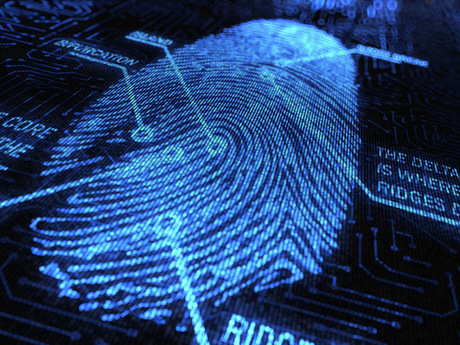3D fingerprint sensor may improve smartphone security

Fingerprint sensors are starting to replace the password as a means for unlocking smartphones and laptops, but current technology can be circumvented with a simple photocopy of the owner’s print.
A new technology developed by Californian researchers promises to take fingerprint security to the next level. The prototype uses ultrasonic technology to measure a 3D image of a finger’s surface and the tissue beneath.
Using the basic concepts behind medical ultrasound imaging, the technology is designed to observe a shallow layer of tissue near the finger’s surface. Transducers on the chip’s surface emit a pulse of ultrasound and measure echoes returning from the ridges and valleys of a fingerprint.
The technology was developed by the Berkeley Sensor and Actuator Center, which is located on the premises of the University of California, Davis and the University of California, Berkeley.
The director of the centre, David Horsley, described the technology and its origins in a story in the journal Applied Physics Letters.
“After Apple announced a fingerprint sensor in [the iPhone 5S] in 2013, it was inevitable that more would follow,” Horsley said.
The centre has been working on the new technology since 2011 — before the iPhone 5S was launched — by exploring uses for an earlier technology developed by the researchers.
Horsley said the technology makes use of existing microelectromechanical systems (MEMS) technology, already in use in smartphones for functions including microphones and directional orientation.
“Our chip is fabricated from two wafers — a MEMS wafer that contains the ultrasound transducers and a CMOS wafer that contains the signal processing circuitry,” he said. “These wafers are bonded together, then the MEMS wafer is ‘thinned’ to expose the ultrasound transducers.”
By using low-cost, high-volume manufacturing processes, the prototype chip can be produced at an extremely low cost, Horsley said. The imager is powered by a mere 1.8-volt power supply, making it suitable for use in smartphones.
The development could have a significant influence on the burgeoning biometric security industry.
“Our ultrasonic fingerprint sensors have the ability to measure a three-dimensional, volumetric image of the finger surface and the tissues beneath the surface — making fingerprint sensors more robust and secure,” Horsley said.
The technology could also be adapted for new applications, including the low-cost ultrasound medical diagnostic devices.
How to harness AI to advance cybersecurity
Organisations that prioritise AI-enabled security and a culture of continuous learning...
Solving the IoT attack surface challenge: a practical playbook for IT managers
As IoT environments get more complex, adopting zero-trust architectures to verify every device...
Defending against AI-powered cyberthreats
Improving cyber resilience is no longer about perimeter defence or reactive patching, but...







